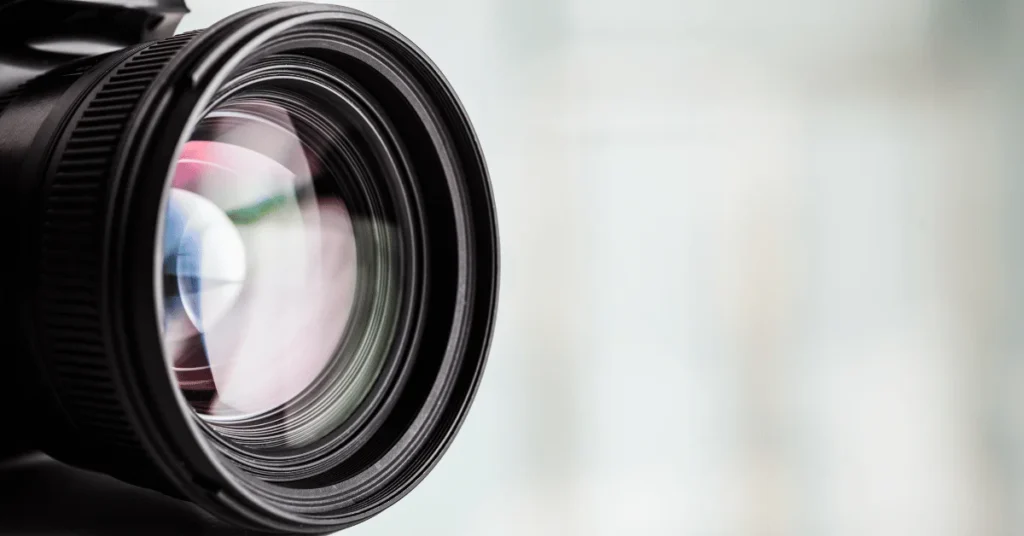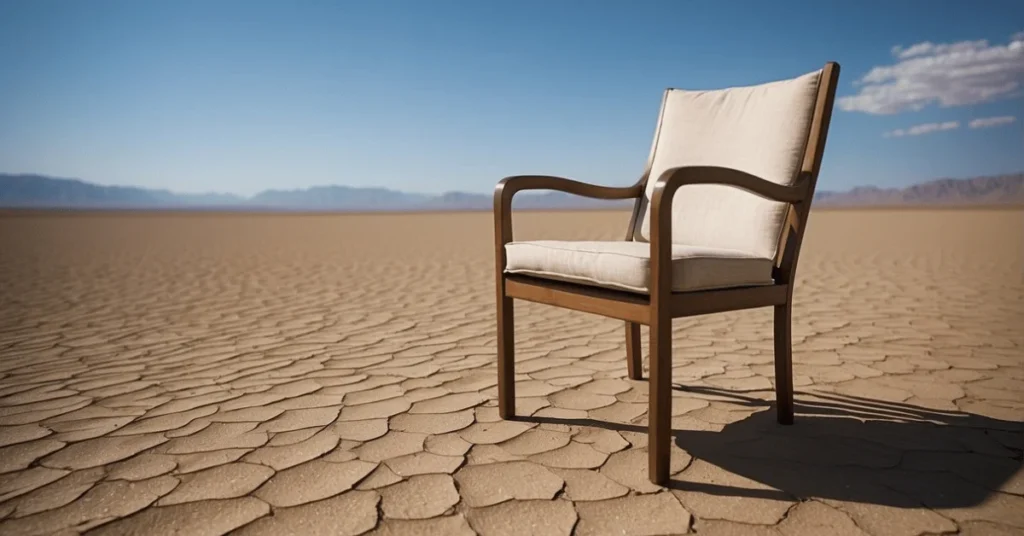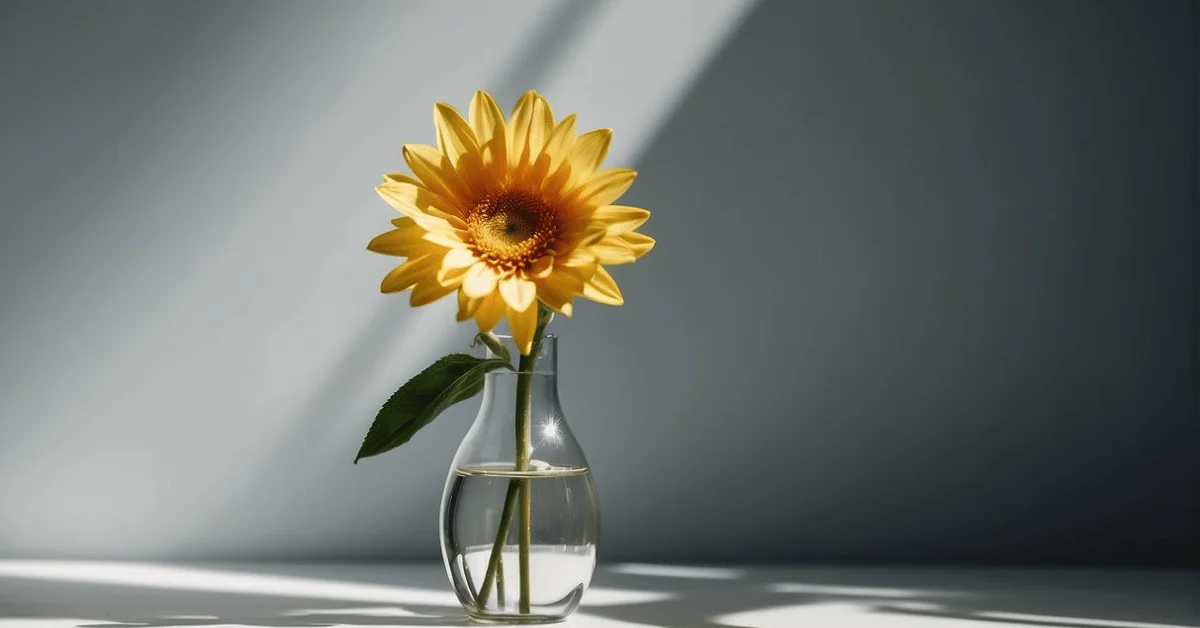What is Minimalist photography? It embodies the essence of the phrase “less is more.” In our pursuit of visual stories, we strip down the scene to its fundamentals, focusing on composition, colors, and lines. This technique allows us to find tranquility in the frame—a moment distilled to its purest form. We embrace the space, the silence between subjects, and curate an experience of contemplation for the viewer.
In cultivating minimalism in our photos, we challenge ourselves to communicate more by showing less. This isn’t an exercise in barrenness; it’s a calculated dance of elements that lends power to what remains. The minimalist approach can transform even the ordinary into something extraordinary, turning the mundane into a canvas for our creative expression.
Key Takeaways
- Minimalist photography is an art form that elevates simplicity and focuses on the essentials within a composition.
- It involves a deliberate approach to composition and technical execution to guide the viewer’s experience.
- This style provides a meditative visual experience, offering a respite from the chaos of cluttered imagery.
Understanding What is Minimalist Photography
Minimalist photography is the art of conveying a concept through a distilled visual experience, where every component within the frame serves a clear purpose. By embracing ‘less is more’, we connect with the essence of simplicity and communicate more by showing less.
Defining the Genre
Minimalism as a genre strips down the image to the fundamentals, focusing on the interplay of composition and content. At its core, minimalist photography is about the deliberate use of negative space, simple lines, and an uncluttered environment. This enables the subject to stand out with greater impact.
Core Principles
The principles of minimalist photography are grounded in the idea that simplicity is the ultimate sophistication. We prize negative space and allow it to define and emphasize our subject. By eliminating distractions, we amplify the visual impact of the elements that remain.
- Key Components:
- Simplicity: Paring down to the essentials
- Negative Space: Using open space to highlight the subject
- Contrast: Utilizing differences in light and dark to enhance features
- Form and Lines: Emphasizing shapes and structures within the composition
Visual Elements of Minimalism
In what is minimalist photography, visual elements such as lines, color, texture, and shapes play a pivotal role in crafting the aesthetic. These elements, when used effectively, create a sense of calm and clarity. Strong lines guide the eye, while selective color or textures can accentuate a single point of interest, resulting in a profound and memorable image.
Famous Minimalist Photographers
Photographers like Hiroshi Sugimoto and Michael Kenna have set the bar high for minimalist photography. They’ve demonstrated mastery of composition and an innate ability to distill a scene to its bare essentials. Their work showcases the power of minimalism in capturing the beauty of simplicity and the profound serenity it can convey. Another notable contributor to the genre is Grant Hamilton, known for his vibrant and meticulously composed Polaroids that embody the minimalist ethos.
Composition Techniques in Minimalist Photography

We understand that at the core of what is minimalist photography lies powerful composition—a deliberate arrangement of visual elements that creates a striking effect through simplicity. Let’s explore some essential techniques to transform simple subjects into stunning visuals.
The Art of Composition
The foundation of minimalist photography is strong, simple composition. We carefully select lines, shapes, and forms that guide the eye, creating a clear pathway to our main subject. The rule of thirds is often employed to achieve balanceand interest within the frame.
Incorporating Negative Space
Ample negative space is crucial; it isolates our subject, allowing it to stand prominently. This space acts as a breath for the eye, playing a critical role in minimalist composition, providing simplicity and balance.
Utilizing Color and Texture
We leverage color and texture to invite visual interest and depth without overwhelming the viewer. Monochromaticschemes or contrasting tones underline our subject, while subtle textures add complexity to the simplicity.
Guidelines and Techniques
We adhere to specific guidelines such as the rule of thirds to anchor our main subject. Yet, we’re not averse to breaking these rules when our storytelling requires it. Patterns and lines are also important tools, infusing simplicity with rhythm and contrast.
Capturing the Essence of the Subject
Our focus is to distill the essence of the subject, using minimal elements to tell a story. The main subject stands out, not through quantity, but via the potency of careful composition and technique—ensuring each photograph resonates with clarity and meaning.
The Technical Side of Minimalist Photography

To capture the essence of what is minimalist photography, we must navigate the technical aspects with precision and intention. Focus on simplicity does not imply a lack of technical rigor; rather, it’s about making every detail count—from the camera in our hands to the subtleties of light and shadow that shape our subject.
Choosing the Right Equipment
For minimalist photos, the saying “less is more” extends to our gear. A high-resolution camera with the ability to control manual settings is ideal. Minimalist photography thrives with lenses that have a wide aperture, like a prime lens, to control depth of field and highlight the subject. Lenses with fixed focal lengths often provide the sharpness and clarity needed for striking minimalist images.
Camera Settings for Minimalist Shots
Setting the aperture to a wider setting allows for a shallow depth of field, which isolates our subject and minimizes distractions. A fast shutter speed can freeze motion, giving crispness to stationary subjects amidst the potential movement of our minimalist scenes. Low ISO settings aid in reducing noise, ensuring the clean lines and clear forms central to the minimalist aesthetic.
Post-processing in Minimalism
Post-processing is where we refine the message of our minimalist photograph. Techniques might include converting to black and white to emphasize monochrome contrasts, or subtly enhancing light and dark areas to modulate mood. Drama can be evoked even in simplicity, by adjusting exposure or contrast to bring attention directly to the subject at hand.
Understanding Light and Shadow
Light and shadow are critical in what is minimalist photography; they are the yin and yang that define our subject. We utilize natural or artificial light sources to create the desired effect, whether it’s a soft, diffuse light that gently sculpts our subject or a hard light that casts sharp, defining shadows. The interplay of light and shadow can convey the emotion or dramabehind the minimalism, creating a narrative without the clutter.
Composition in Different Settings

When we explore what is minimalist photography, the elements of composition become the storytellers. By simplifying the frame, each line, color, or subject holds a weighty significance. So let’s dissect how composition takes distinct forms across different settings to evoke depth and emotion.
Abstract and Urban Minimalism
Urban environments are rich with geometric shapes and offer open space amidst the chaos. Our focus sharpens on architectural patterns or a solitary figure amid sprawling cityscapes. The juxtaposition against the dense urban backdrop highlights isolation and magnifies impact.
Nature and Landscape Minimalism
In nature, the vastness offers a canvas for landscape photos where a single subject against an infinite skyline can encapsulate feeling. Whether it’s a lone tree or a sliver of the horizon at dusk, the minimal elements work together to distill a pure mood.
Still Life and Object Isolation
Objects speak volumes when stripped to their essence. We spotlight a single subject on a clean background, creating a narrative through isolation. This simplicity fosters a direct bond between the viewer and the object, amplifying the emotional impact.
Creating Emotional Impact
Our compositions, whether abstract, urban, or natural, are intent on weaving a connection with the viewer. By paring down to the core, we not only create but also manipulate emotion. Each minimalist shot is an opportunity to leave a profound impact, eliciting a distinct feeling.
Frequently Asked Questions

Delving into minimalism in photography, we often encounter queries that reflect a curiosity about its core principles and practices. These are the questions we frequently face, and to which we provide clear and informed answers.
How do you identify and what is minimalist photography?
Minimalist photography is quickly recognized by its sparse composition and the deliberate use of few elements. It often employs negative space, simple lines, and a focus on shapes and colors to convey a powerful visual message.
Which techniques are commonly used in what is minimalist photography?
Common techniques include using a shallow depth of field to isolate the subject, intentional framing to include vast amounts of negative space, and choosing color palettes that don’t distract from the main compositional elements.
Who are some renowned artists in minimalist photography?
Notable photographers like Michael Kenna and Hiroshi Sugimoto are acclaimed for their minimalist work. Their photography stands as a testament to the power of minimalism in capturing the essence of a subject.
What is minimalist photography and what characterizes a minimalist approach in portrait photography?
In minimalist portrait photography, the focus is squarely on the subject, often using a plain background and eliminating any superfluous elements to highlight the person’s features or expressions.
What are the historical origins and what is minimalist photography?
Minimalist photography’s roots are often traced back to the modernist movement, which encouraged simplicity in artistic expressions and influenced the visual arts from the early to mid-20th century.
What is minimalist photography and how does minimalism influence photography composition?
Minimalism in composition prompts photographers to concentrate on the fundamental aspects of their subjects, whether that’s a singular visual element or a tidy arrangement that commands the viewer’s undivided attention.


